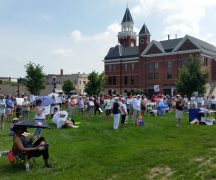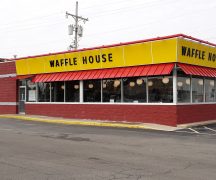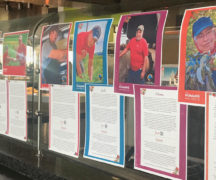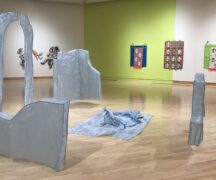By JAN LARSON McLAUGHLIN
BG Independent News
Last year, the city of Bowling Green declared itself a “welcoming community” for immigrants. While the spirit is there, it appears being welcoming is easier said than done.
The resolution passed by City Council proclaims “Bowling Green as a welcoming and safe community for immigrants and condemning any discrimination, harassment or unjustified deportation of immigrant residents of Bowling Green.”
To show the significance of the resolution, after its adoption, a group of city residents read a portion of the resolution in Vietnamese, Indian, Hindi, German, Chinese, Italian, Spanish and English.
But now what?
Members of the solidarity committee of La Conexion recently discussed how to break down barriers for local immigrants, and how to make them aware of Bowling Green’s “welcoming” status.
A task force has been working to identify the barriers to attracting and maintaining immigrants in the city, according to Beatriz Maya, of La Conexion. Those include access to work, documentation, housing, transportation, social support systems and language.
Many Latinos struggle with housing. “If you are a newcomer, you don’t have a credit history,” Maya said. “We like to save and buy, save and buy. But here, you have to have debt.”
Language courses are offered through La Conexion and other organizations, and translators are available with the police. “We have a good relationship with the police,” she said.
One of the motivations behind the “welcoming” declaration is the community’s shortage of labor. “We need immigrant workers because we need workers,” Maya said.
But how can the city get the word out that it is “welcoming.”
“How do we make this welcoming city more visible,” Maya said. “Not a lot of people know that Bowling Green is a welcoming city.”
Amanda Schackow, of La Conexion, agreed that visibility is a big concern.
“They can make all of these changes, but if that message isn’t reaching immigrants, they might as well not be there,” Schackow said.
One idea of the task force is to create a “welcoming committee” that would connect newly arriving immigrants with “navigators” to help them with language problems, housing, utilities, food, phone numbers for services.
A “navigator” might help an immigrant family through the process of signing a lease or going to the hospital. It was suggested that retirees and BGSU Service Learning students might make good navigators.
It was suggested that the city’s welcoming status could benefit from having a logo, website and Facebook page. Several other cities in Ohio already have “welcoming” programs in place, with functioning websites.
“The more people who know, the more it will attract immigrants to Bowling Green,” Maya said.
Plans are also being made to hold educational programs about immigration, with Linda Lander and Janet Parks organizing those efforts.
“Immigrants have been portrayed very negatively,” Lander said. “We all came here as immigrants. We all come for the same reasons.”
Centuries ago, however, they were referred to as “pioneers,” said Lucy Long.
Efforts will be made to put human faces on immigration. Lander and Parks are hoping to work on a variety of programs for WBGU-TV, panel discussions at the library, and an oral history project.





